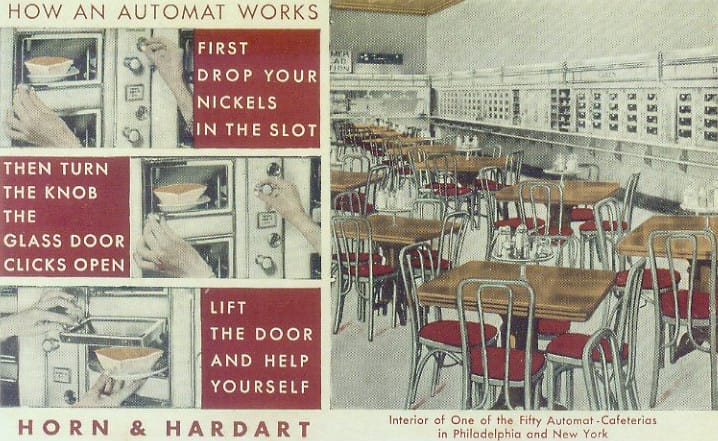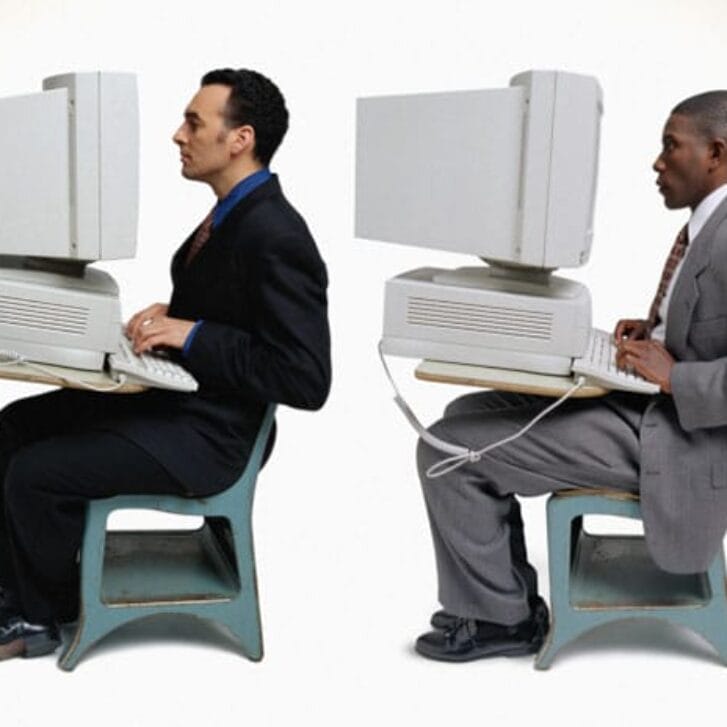Now and then, it’s worth it to pause to look at the way the world was changed by Wharton and Penn.
There are millions of people who walk around with a smartphone, iPad-type tablet or laptop who do notknow that the world and its economy were shaped by Wharton and Penn.
In the 1950s, while acquiring my Wharton graduate degree, one of the first computers that spawned the entire industry—ENIAC—was being programmed by Jean Jennings Bartik, GED’67, and her all-women team. Nearby, the scholarship and research of Penn’s C. West Churchman, C’35, GR’38, and later, Wharton Professor of Systems Sciences Russell Ackoff, AR’41, GR’47, led to a change in the processes for producing goods and services that ultimately brought today’s global supply chain systems.
During that period there was an Automat on Locust Walk (then Street) that has become the dominant model for delivery of goods and services. A restaurant without waiters, waitresses or cashiers, the Automat housed rows of windowed vending machines. In it, you visually scanned the food waiting for you, inserted your coins and got your lunch—two sandwiches, a hot drink and dessert, all for $1.
The Automat model of production is the way you and I shape, and self-manage, our own unique acquisition of goods and services. This model continues to today. For example, take air travel. There are vastly fewer agents. We find the best deals online, select seats, make other arrangements, purchase e-tickets and download boarding passes. We have turned the London School of Economics Charles Handy’s Shamrock model of organization into a four-leaf clover, where consumers are part of an organization’s workforce. Pumping our own gas is just one of our many daily work chores for different corporate and public organizations.
Stafford Beer, a founder of the management sciences field, predicted in the ’70s that we were moving from simplified to complex systems which are focused on ultimate variety—striving to meet the needs and interests of each person or group uniquely. Our challenge: learning how to shape organizations that manage the production of goods and services that meet the ultimate variety metric.
The automat model is not only efficient for dealing with complexity and variety, it is desirable since it allows everyone manage their own lives, which most social scientists would consider healthy and desirable.
But another part of that model is open for question. Facebook, Google, Google Maps, YouTube, LinkedIn, etc., are all free. But there are some who caution us that “there is no such thing as a free lunch,” and all the freebies we enjoy come with a price. We have traded the details of our privacy to the marketers of the world. Now, we have to be sure we’re not being “P.T. Barnum-ed” as we shape our own lives.
It turns out that the benefit and cost is not only algebra for businesses; it’s a personal requirement for everything in life.
























